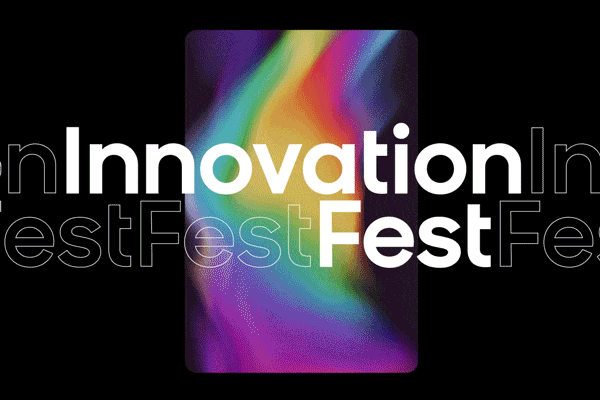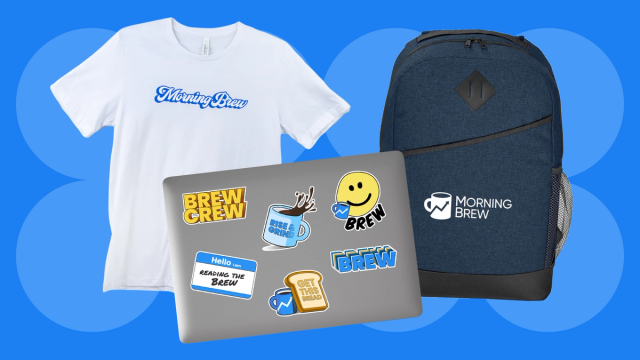Boxing ended 2025 with a knockout. Not literally—the November fight between Jake Paul and Mike Tyson didn’t have quite that much action—but the viewership packed a punch for Netflix, with 65 million concurrent streams at the event’s peak, and more than 1.4 billion impressions on Netflix’s social channels, according to the streamer. The hashtag #PaulTyson also trended worldwide on X, and even those who don’t use the platform may have seen posts about it in other social feeds or heard talk of it in a sports bar. It was a rare breakthrough moment for boxing, which, despite having a handful of major global stars and a growing cohort of influencer boxers, largely lacks the household names and regular cultural moments that make sports, like football and basketball, a lock for big brands. “It got everyone talking about boxing,” said Michael Mobley, SVP of media at Dazn, a sports streaming and entertainment platform that offers boxing. In the months after Paul vs. Tyson especially, the sport’s traditional players experienced something of a trickle-down effect, seeing boosts in audience engagement and fielding calls from interested advertisers. “It’s helped us across our social platforms,” Brian Kelly, CRO of the boxing production and promotion company Top Rank, told Marketing Brew. “We saw fan engagements around that fight, after that fight, increase. We saw some follower growth as well. It was such a sports cultural moment. Boxing isn’t always thought of as the big four in the United States when it comes to sports consumption and sports investment, but that certainly had an impact.” Continue reading here.—AM | 










